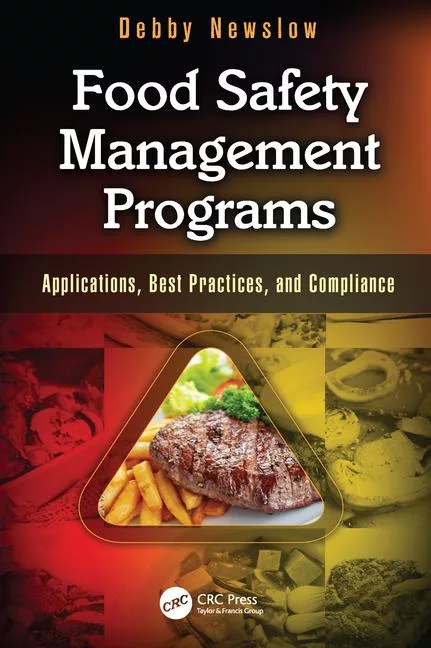Food Safety Calls for an Integrated Pest Management Plan
Pests, such as insects and rodents, are serious problems in a restaurant. They can contaminate food supplies as well as damage facilities. They can also contribute to foodborne illness and other diseases. Every restaurant must have some type of pest control process in place. Pesticides control pests, but pesticides alone are not the solution. A better solution is to have an integrated pest management (IPM) program as part of your food safety program. IPM is an approach to pest management that minimizes reliance on chemical pesticides and—instead of only trying to eradicate pests—considers all available preventative and curative options.
Before implementing such a program, however, it is important to identify which type of pests your building may be harboring. There are four that are most common: flies, proven to spread more than 65 kinds of human diseases, including Escherichia coli, Staphylococcus aureus and several kinds of food poisoning; rodents; cockroaches (some of the most difficult insects to control and reported to spread at least 33 kinds of bacteria, 6 kinds of parasitic worms and 7 other human pathogens); and pests that arrive in stored products, like weevils or beetles.
The next step is to determine where these pests are calling home. Popular places in every food facility are the kitchen, waste areas or storage rooms. The outside of the building can also attract pests, particularly if you have an outdoor dining area or trash lingering around the facility for any length of time.
Four Steps to Implementing IPM
Included in the FDA Food Code is a checkmark for facilities that have an Integrated Pest Management (IPM) program. There are four steps to consider when implementing an IPM program:
1. Understand the problem
Understand where pests are a problem and pinpoint which pest populations or environmental conditions that indicate the need for pest control action. A single pest doesn’t always mean control is necessary, but a single pest definitely warrants additional research.
2. Monitor and identify pests accurately
Have accurate pest identifications, proper inspections and maintain a pest-sighting logbook on site to help keep track of activity. In addition, look for:
• Evidence of pest(s)
• Pest-conducive conditions
• Areas with moisture, heat or humidity
• Food or water
• Pest harborage (interior/exterior trash areas, drains, building perimeter weeds and debris)
• Pest entry points (doors, loading docks)
3. Take prevention seriously
Practicing good sanitation is a critical part of prevention. This requires eliminating food, water, harborage and concealed routes of movement for pests. Document any deficiencies in sanitation and provide recommendations to improve the situation. Another integral part of IPM is exclusion, which limits pest access to the inside of a facility. Since the majority of insects enter into buildings from the outside, sealing holes and gaps, replacing screens and repairing defects around entryways, pipes, drains and other structures will help keep pests out.
4. Manipulate the environment to your favor
It is important to evaluate the proper control method for both effectiveness and risk. Identifying how pests are finding their way into your facility is a first step. Next is to ensure that environmental conditions are unfavorable for a pest to thrive. Environmental conditions to manipulate include relative humidity, light and temperature. Examples of physical control tactics or devices include the use of dehumidifiers, less-attractive light bulbs and heat treatments.
Pesticides are also an important and necessary part of IPM, however the goal of an IPM program is to reduce the amount of pesticides used, which is a better method all the way around for a food facility. U.S. Department of Agriculture (USDA) regulations around pest management are more detailed than U.S. Food and Drug Administration guidelines, specifically when it comes to chemical usage. Only certain chemicals can be used—and under very specific conditions. All pesticides must be approved by USDA for the intended use.
To ensure that you are meeting regulations, passing inspections—and doing it safely—it is wise to be under the care of a trained professional. That person can be part of your in-house food safety team, or a contracted pest management professional whose knowledge and expertise in these areas can help you deploy an effective integrated pest management program. Either way, the most successful integrated pest management program is one that leads to the end goal of food safety and happy patrons.
Timothy Larson is quality assurance manager at Rentokil, the world’s largest commercial pest control company, based in Reading, PA. For more information, visit www.rentokil.com/us.
Looking for quick answers on food safety topics?
Try Ask FSM, our new smart AI search tool.
Ask FSM →







.webp?t=1721343192)
